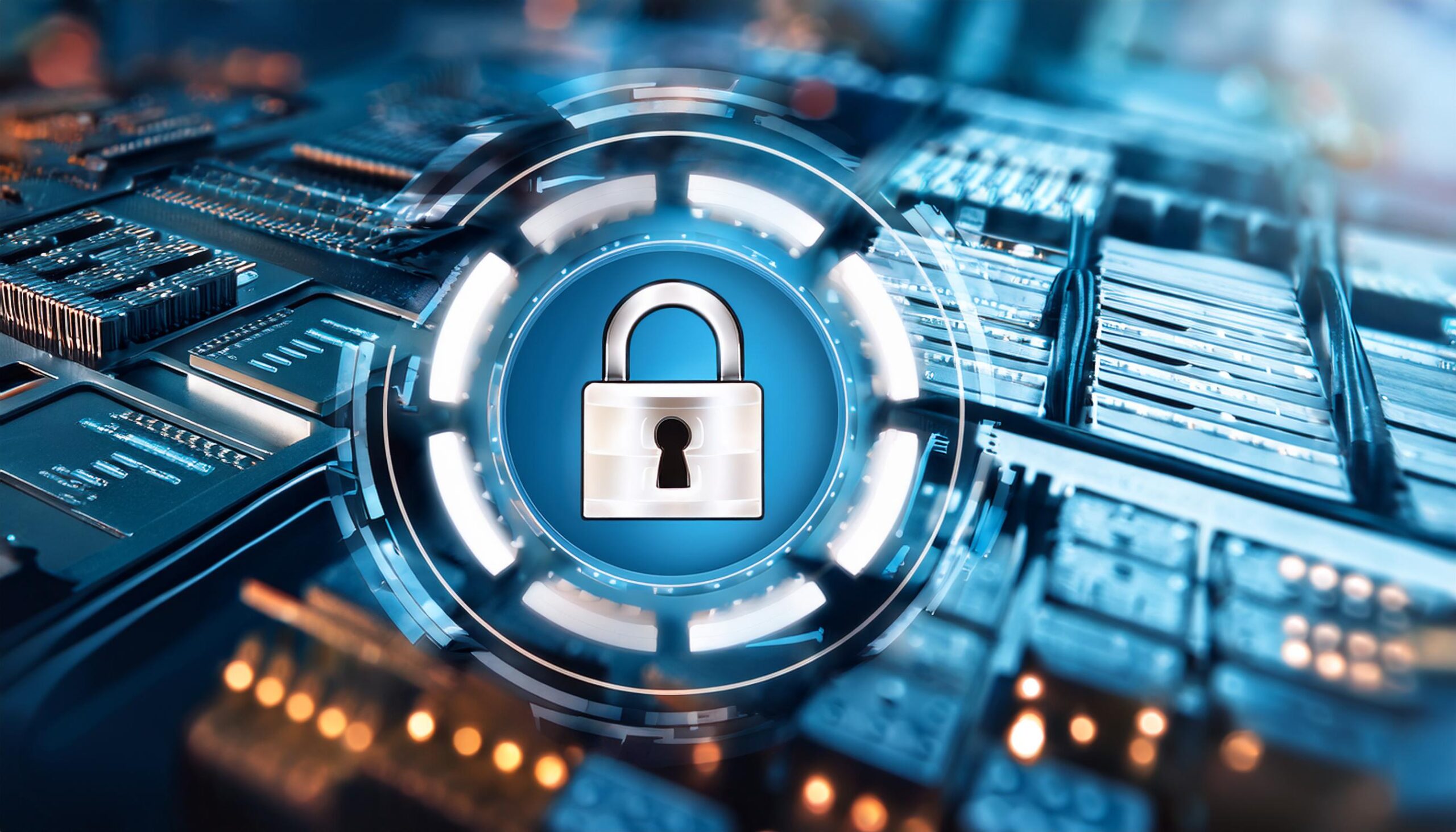The Human Factor in Cybersecurity: Why Awareness Matters
In the ever-evolving landscape of cybersecurity, technological advancements play a vital role in protecting our digital assets. However, the human element remains a crucial and often overlooked aspect. As cybercriminals continue to devise increasingly sophisticated attacks, raising awareness about cybersecurity among individuals is more important than ever.
The Weakest Link
Humans are often considered the weakest link in the cybersecurity chain. Cybercriminals exploit our vulnerabilities, relying on tactics like phishing scams, social engineering, and other forms of manipulation to gain unauthorized access to sensitive information. Lack of awareness about cybersecurity best practices can lead to unintentional errors, such as clicking on malicious links, downloading infected files, or divulging personal information to untrustworthy sources. These seemingly minor lapses can have severe consequences, compromising both individual privacy and the security of entire organizations.
The Power of Awareness
Cybersecurity awareness empowers individuals to become the first line of defense against cyber threats. By understanding the risks and adopting safe online behaviors, individuals can significantly reduce the likelihood of falling victim to cyberattacks. Here are some key areas where awareness matters:
- Phishing and Social Engineering: Recognizing and avoiding phishing attempts, such as suspicious emails or messages that solicit personal information, is crucial. Understanding the tactics used in social engineering attacks, which rely on manipulation and deception, can help individuals identify and resist such attempts.
- Password Hygiene: Strong and unique passwords, combined with the use of password managers, are essential for protecting online accounts. Understanding the risks of password reuse and the importance of regularly updating passwords is vital.
- Data Protection: Safeguarding personal and sensitive data, both online and offline, is paramount. Awareness about secure data handling practices, such as encrypting sensitive files and avoiding sharing personal information on unsecured networks, can help prevent data breaches.
- Software Updates: Keeping software and operating systems up to date is critical for mitigating vulnerabilities that cybercriminals can exploit. Awareness about the importance of timely updates and the potential risks of using outdated software is crucial.
Building a Culture of Cybersecurity
Creating a culture of cybersecurity within organizations and communities is essential for combating cyber threats effectively. Regular training programs, awareness campaigns, and open communication channels can help individuals stay informed about the latest cyber risks and best practices. Encouraging a proactive approach to cybersecurity, where individuals take responsibility for their online actions, can foster a collective effort to protect against cyberattacks.
Conclusion
While technology plays a significant role in cybersecurity, the human factor remains a critical component. By raising awareness about cybersecurity risks and empowering individuals to make informed decisions online, we can strengthen our collective resilience against cyber threats. Investing in cybersecurity awareness is an investment in our digital future, ensuring that individuals and organizations are equipped to navigate the complex and ever-changing landscape of cybersecurity.
